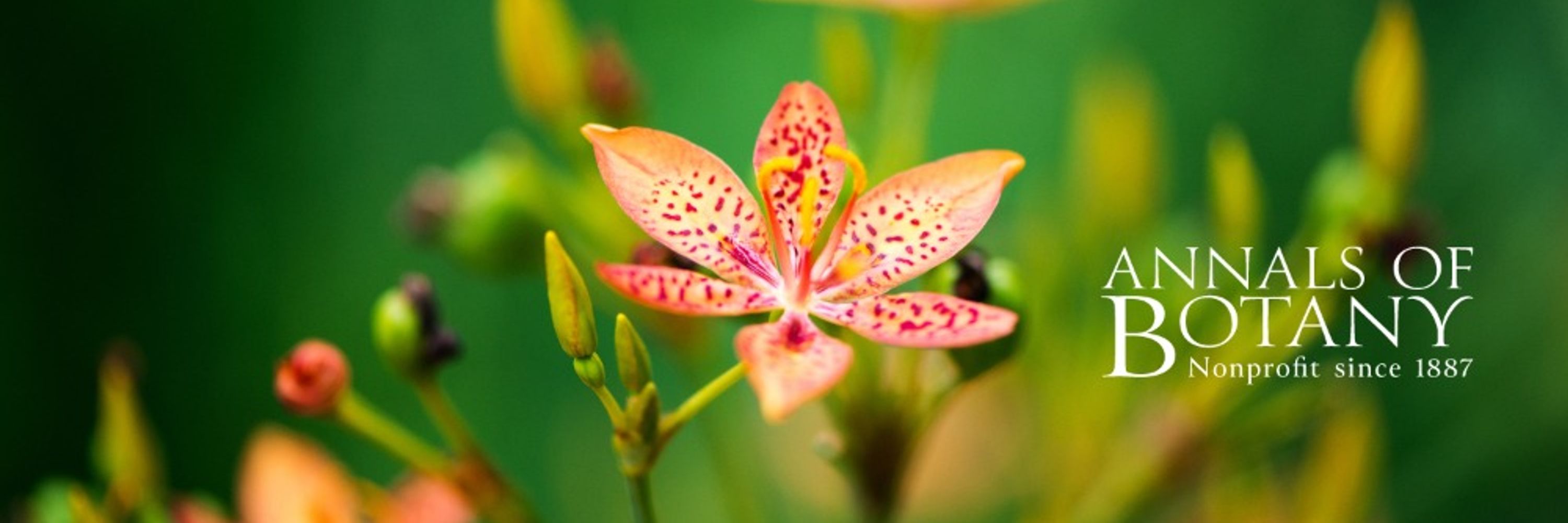
AO
Annals of Botany
@annbot.bsky.social
Bluesky feed for Annals of Botany articles.
305 followers14 following694 posts
🌾 In a rice mutant lacking proper callose accumulation (Osgsl5-3), the reduction of plasmodesmata was even greater, suggesting callose is critical for maintaining cell-to-cell connectivity during this key reproductive stage. (5/8)

🚨 Another finding in the Osgsl5-3 mutant: increased distance between pollen mother cells and impaired premeiotic shaping. This suggests that callose plays a structural role in keeping cells organized for successful meiosis. (6/8)


AO
Annals of Botany
@annbot.bsky.social
Bluesky feed for Annals of Botany articles.
305 followers14 following694 posts